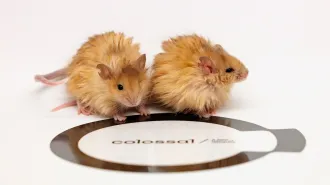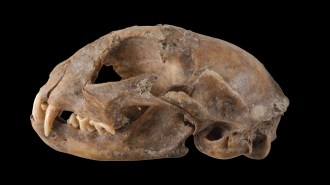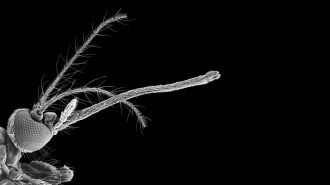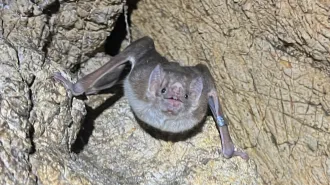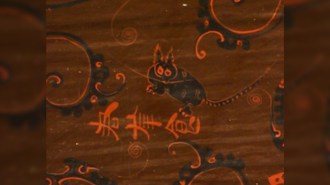This moth species may use the Milky Way as its guiding star
Bogong moths migrate up to 1,000 kilometers to summer in cool caves
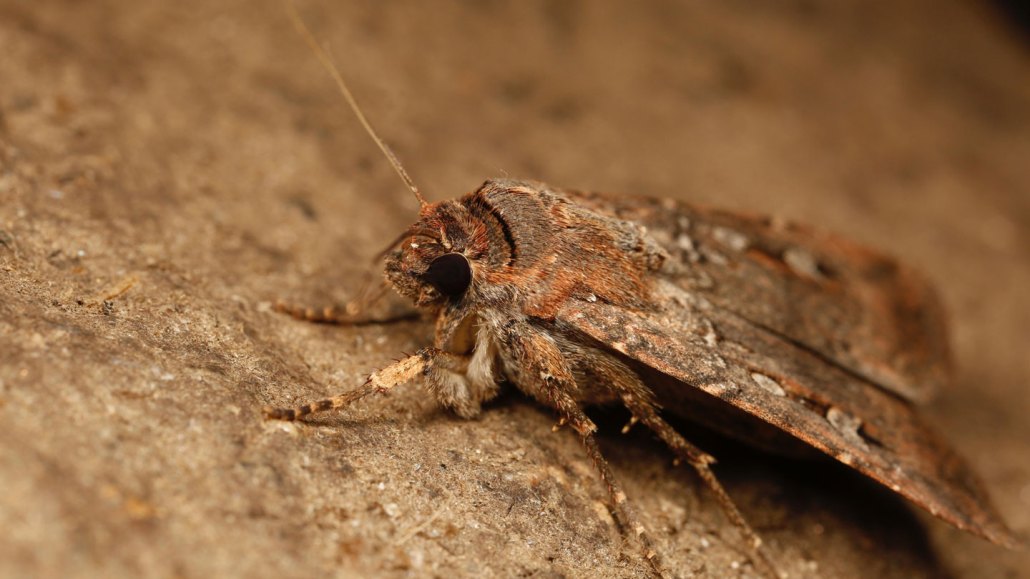
Bogong moths’ (Agrotis infusa) spring migration takes them up to 1,000 kilometers away from plains in southeastern Australia to cool mountain caves located farther south. To get there, the insects rely on stars and Earth’s magnetic field.
Ajay Narendra/Macquarie University
